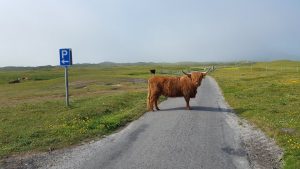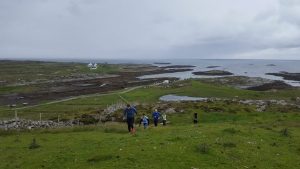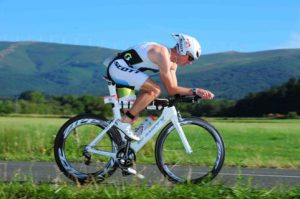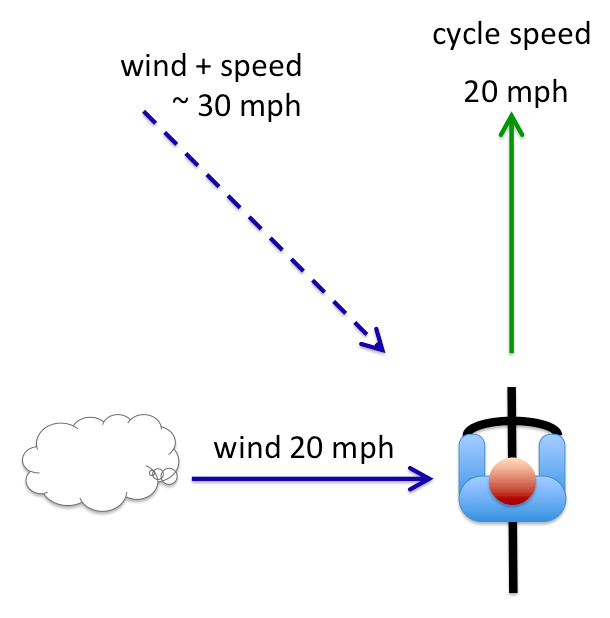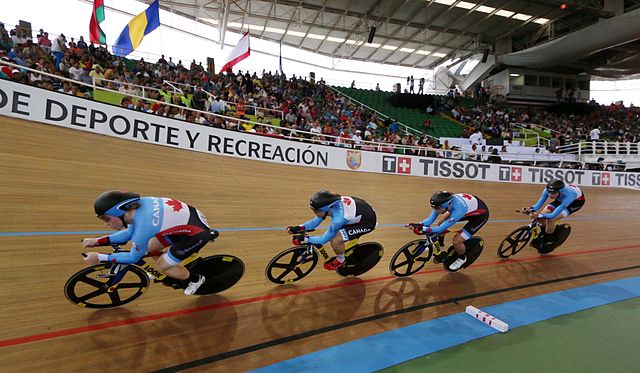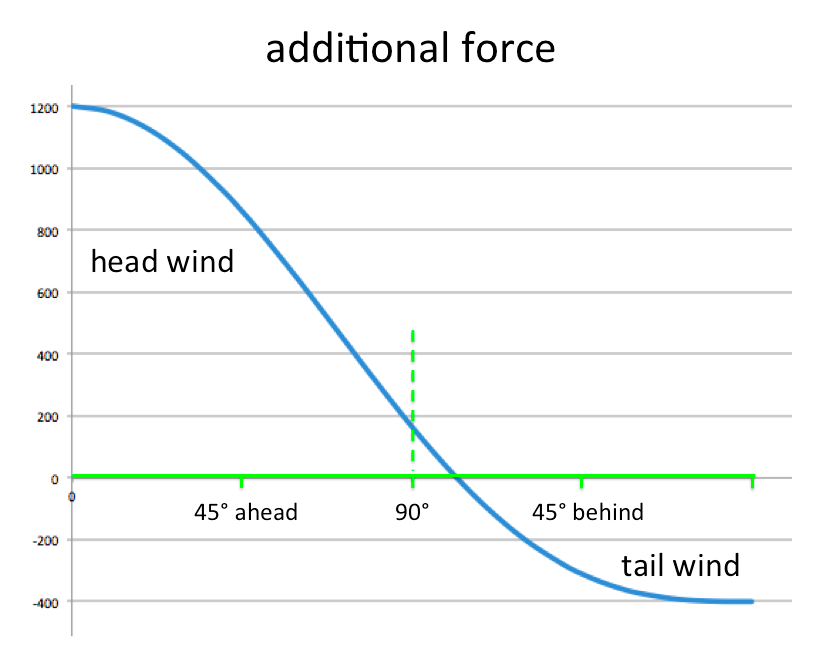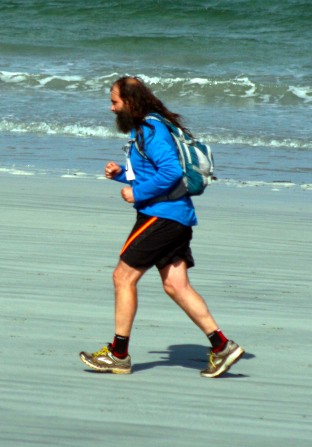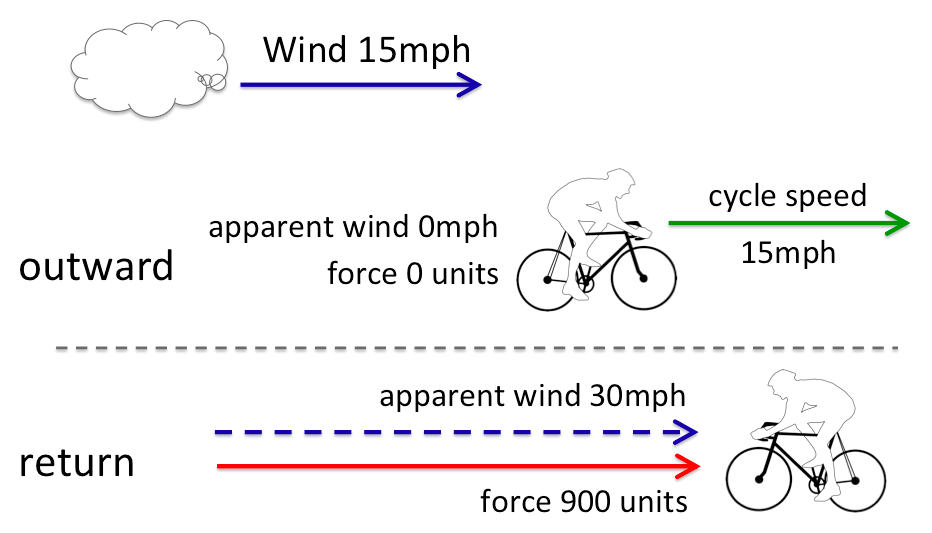In a week and half’s time I’ll be joining about 250 others on the Tiree Ultramarathon, running around the edge of Tiree, which is itself on the Atlantic edge of Scotland. Some of this will be on beach and moor, but some along single track roads, where you often have to step onto the grassy verge as cars go by.
Running on the verge has its own challenges which I’m sure are shared by many rural areas as well as Tiree. For those coming to the Tiree Ultra or running (or cycling) in rural areas, here’s my short guide to the hazards of the verge.
on narrow roads do stop – Some roads do have space for a car to pass a runner or cyclist, but it can be close especially if you are a little tired and ‘wandering’ a little as you run. So usually best to stop … and you get a moments breather 😉
beware the ragged tarmac edge – It is tempting to just squeeze to the left and keep going, but the tarmac often peters out, this is worst of you are cycling as the wheel can slip off the road and get trapped in the furrow between tarmac ad grass (cyclists have ended up in hospital!), but you can also trip when running … and you don’t want to fall into the path of the car that is passing.
running on the verge – I know many will ignore this, but just don’t. They seem wide, tamer than running on full off-road terrain, and well within the capabilities of a off-road bike. However there are often drainage channels hidden by the long grass – these can be a foot or more deep and can be invisible. Even when there isn’t a deep drainage channel running parallel to the road, there are often smaller drainage channels running outwards from the road; these are typically only a few inches deep, but just designed to trip you up. The one possible exception is where someone has mown the verge outside their house, but even then be careful of the cross-channels as they often aren’t obvious even on mown grass.
stepping onto the verge – At the risk of sounding like your granny, still take care! I have stepped off the road and, even looking down at the ground as I did so, my foot has disappeared into a channel and I’ve almost sprained my ankle … and that was standing still not running. On the bike be even more careful, you stop, put your outer foot into what you believe to be grass and … on a bike there is little you can do apart from topple full head over heels … and, yes, I know because I have done it.
standing on the verge – Will it never stop! Yep, even standing has it’s dangers. On Tiree it is normal to wave to those passing, friend and stranger alike. However, if you are a little tired twisting round can put you off balance. Don’t feel embarrassed to put a hand on a fence post to keep you sure footed, better than stumbling back into the path of that nicely waving driver.
stepping off the verge – Do take a peek back down the road before stepping back onto the tarmac. Tiree is windy and when the wind is coming from in front it is hard to hear cars from behind, as a car passes you it is easy to just step back, but often there is a second car driving in convoy, especially when the road has had a lot of obstacles (such as runners), so that cars catch up with one another.
… and then if you survive the verges
… there is just Dun Mor to climb …

